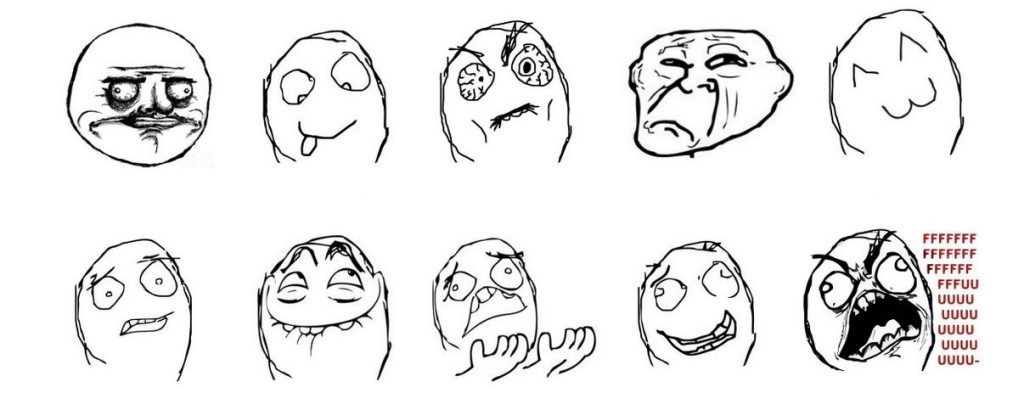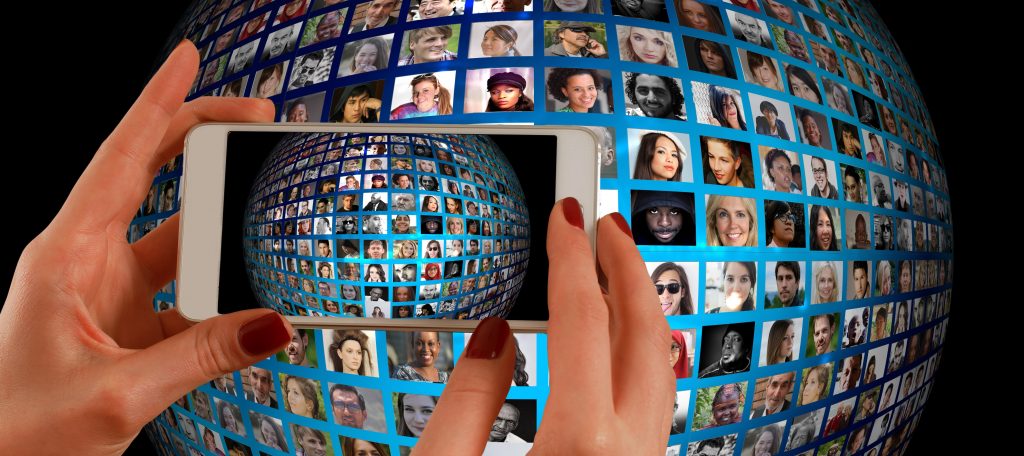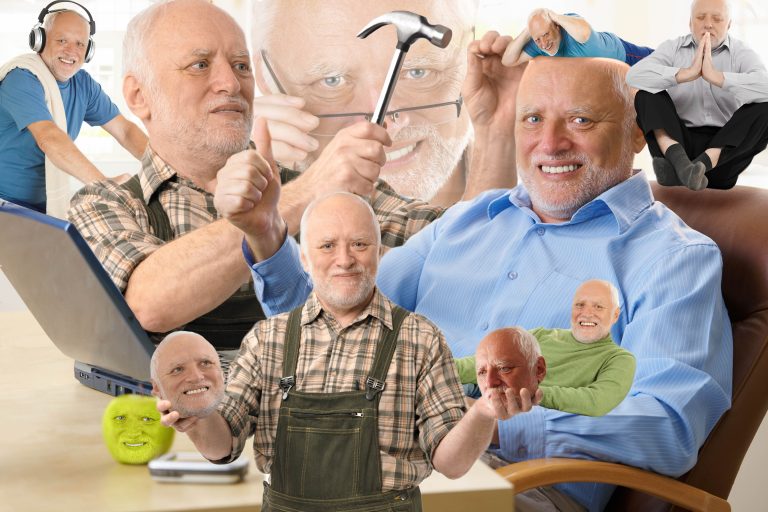Timeline
This month the SPP “The Digital Image” was launched. The 12 projects investigate different aspects of the “Digital Image” in an interdisciplinary and transdisciplinary way.

The first symposium gave the individual projects an opportunity to introduce themselves. In addition, they discussed the goals of the Priority Program. In the first post of our SPP-Blog, “The Start Signal,” Hanni Geiger offers a review.
Hubertus Kohle talks about new ways of approaching the digital age for the museum world in his transcribed lecture “Make the Data dance.” The keynote was originally scheduled at the “Art Market and Cultural Heritage” conference in Leuven (Belgium).
The Covid-19 global pandemic, which began in early 2020, caused many changes in our daily lives. What impact will the pandemic have on current teaching formats and content? For suggestions for new teaching formats, read Hubertus Kohle's blog post on online teaching.

Since April, you have also been able to gain an overall impression of the brilliant spectrum of projects via Wikipedia. Here you can also read more about the aims of the SPP.
In this blog post, Hubertus Kohle reports on a first meeting of the Digital Art History Research Committee on the subject of online Teaching.
Fancy some new reading material? In this blog post, Evelyn Runge refers to a series of reviews of current books on the topic of “The Digital Image.”

Starting this month, the SPP now has its own Zotero library. Here the project participants gather literature and sources on the topic of the “Digital Image.”



In this blog post, Kevin Pauliks introduces the project "Image-based Image Criticism in Social Media".
In this blog post, Evelyn Runge explores the legal, ethical, and social aspects of image sharing on social platforms.

In this paper, Kevin Pauliks talks about the methodologies used in the project "Image-based Image Criticism in Social Media."

Kevin Pauliks analyzes image posts on InstaRepeat in this blog post.

In this blog post, Ana Teixeira Pinto gives you insights into the aesthetics of "Cognitive Mapping".
Thanks to all followers who have actively supported us in the last months!

Lucie Böttger, Alexander Zeckey and Martin Langner provide insights into the process of object digitization in 3D in this blog post.

Evelyn Runge offers you exciting reviews of current books about "The Digital Image" in this blog post.

In this article, Ricarda Vollmer offers a review of the workshop "Digital Project Management" by Holger Simon.
Leonie Groblewski presents the SPP project in"Rundbrief Fotografie." If you want to learn more, then have a look...
Leonie Groblewski: "Das neue DFG-Schwerpunktprogramm 'Das digitale Bild'", in: Rundbrief Fotografie Vol. 27 (2020), No. 1 (N.F. 105).

In this post, Kevin Pauliks writes about stock photography parodies.

In this paper, Matthias Wright and Björn Ommer present different methods they used in their project.

In this article, Kevin Pauliks presents an interesting art-historical and media-theoretical perspective on Donald Trump's presidency.

More information about the past symposium can be found here.

Did you miss a lecture from the last conference?
After registration you have the opportunity to watch them all.

In this article, the coordination team from Munich looks back on the past symposium.

In this blog post, Leonie Groblewksi challenges classic ways of looking at objects.
In this blog post, Eveyln Runge presents her recent publications on the topic "Beyond the Digital Image".

At this year's conference, the speakers discuss the “Digital Image” from the perspectives "social dimensions," "political perspectives," and "economic constraints." Among the conference speakers are Felix Stalder, Nancy Katherine Hayles, and Boris Groys. You can register for the online conference here.
In this blog post, Fengyu Wang offers us a historical insight into the significance of the digital image for East Asian art history.
Kevin Pauliks explains the role of memes for marketing on the internet in this blog post.
In this blog post, you will learn more about the interplay between computer learning and art. For example, can computers be taught to recognize individual styles of different artists?
